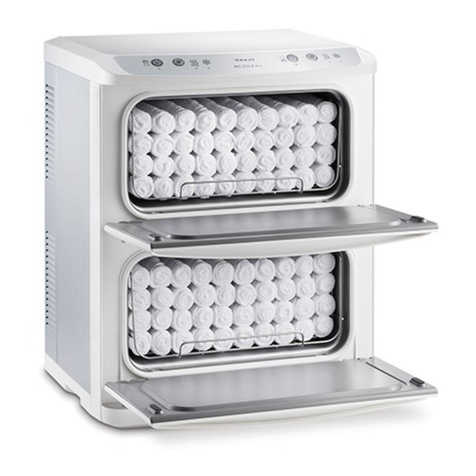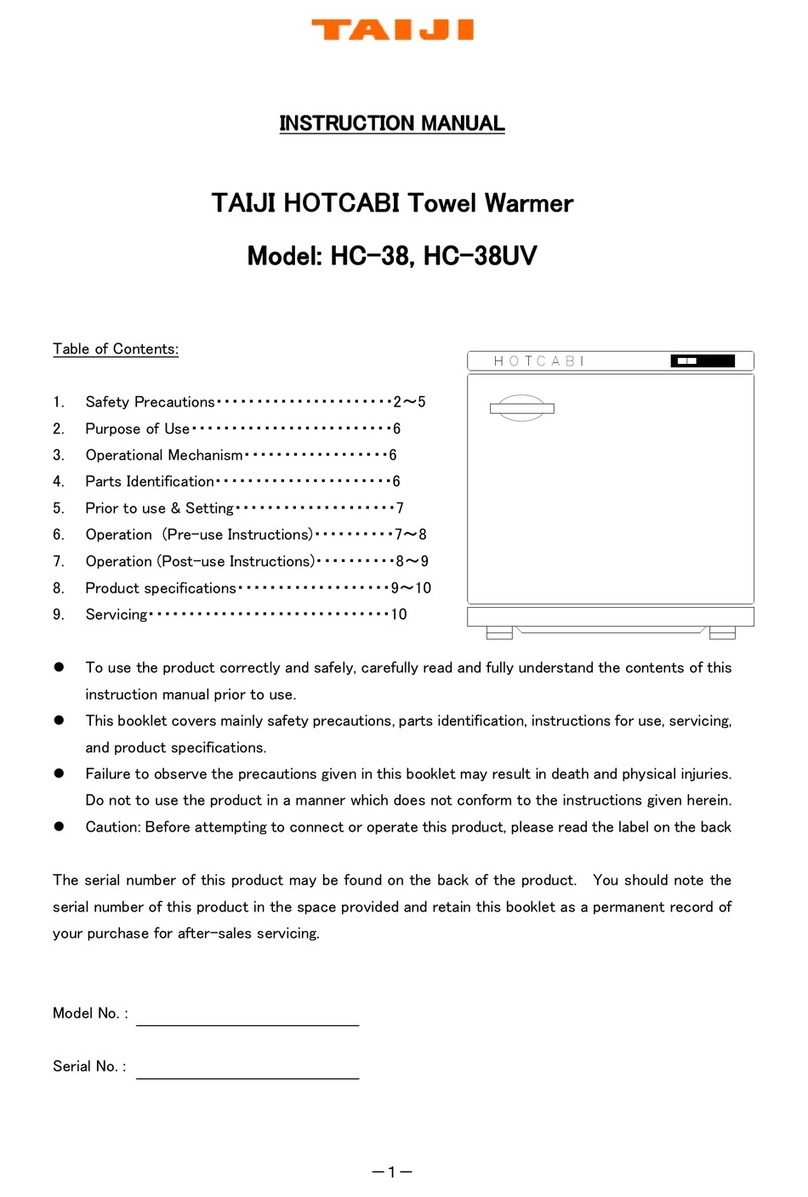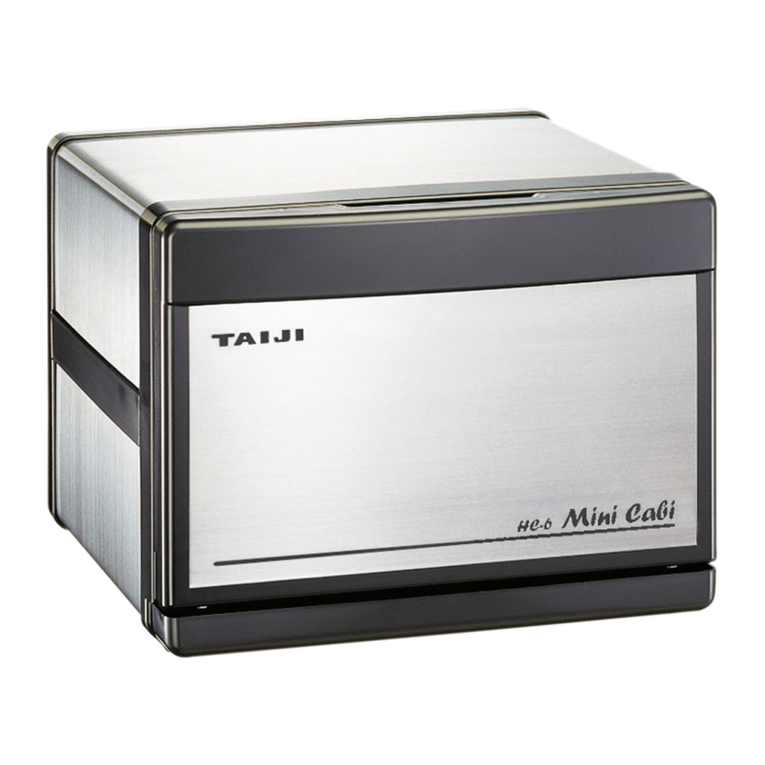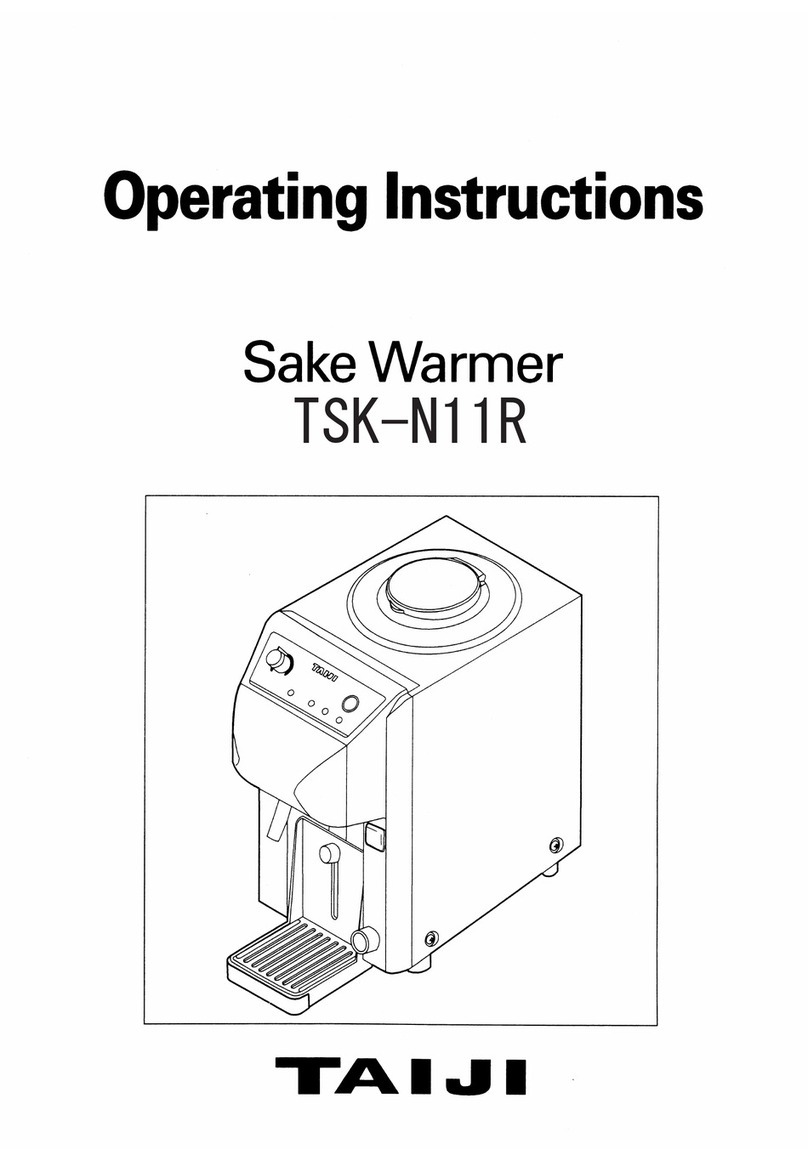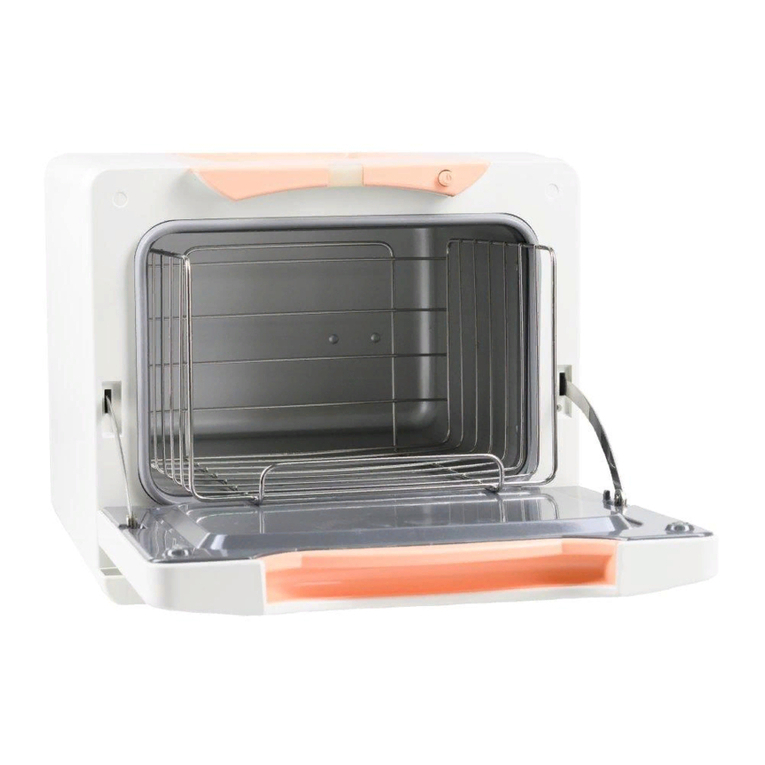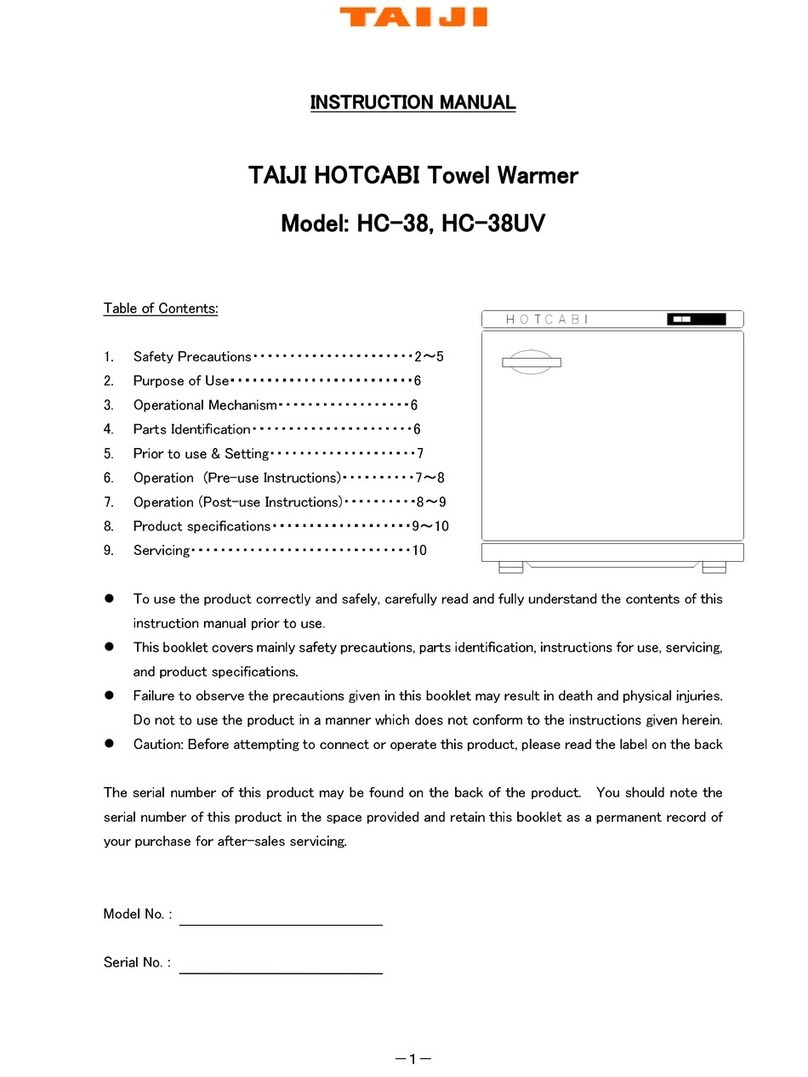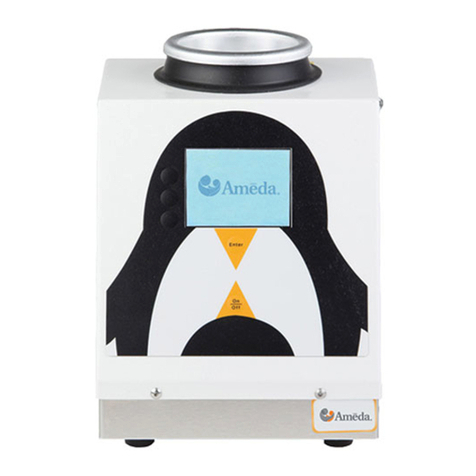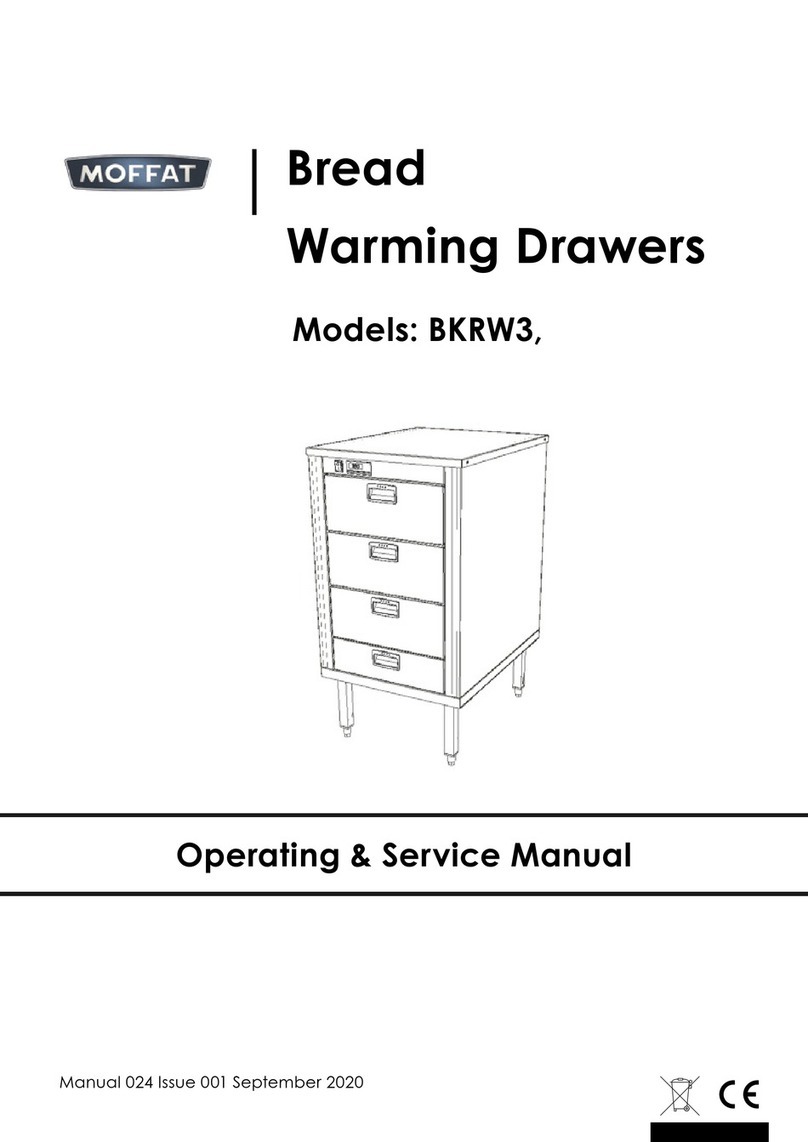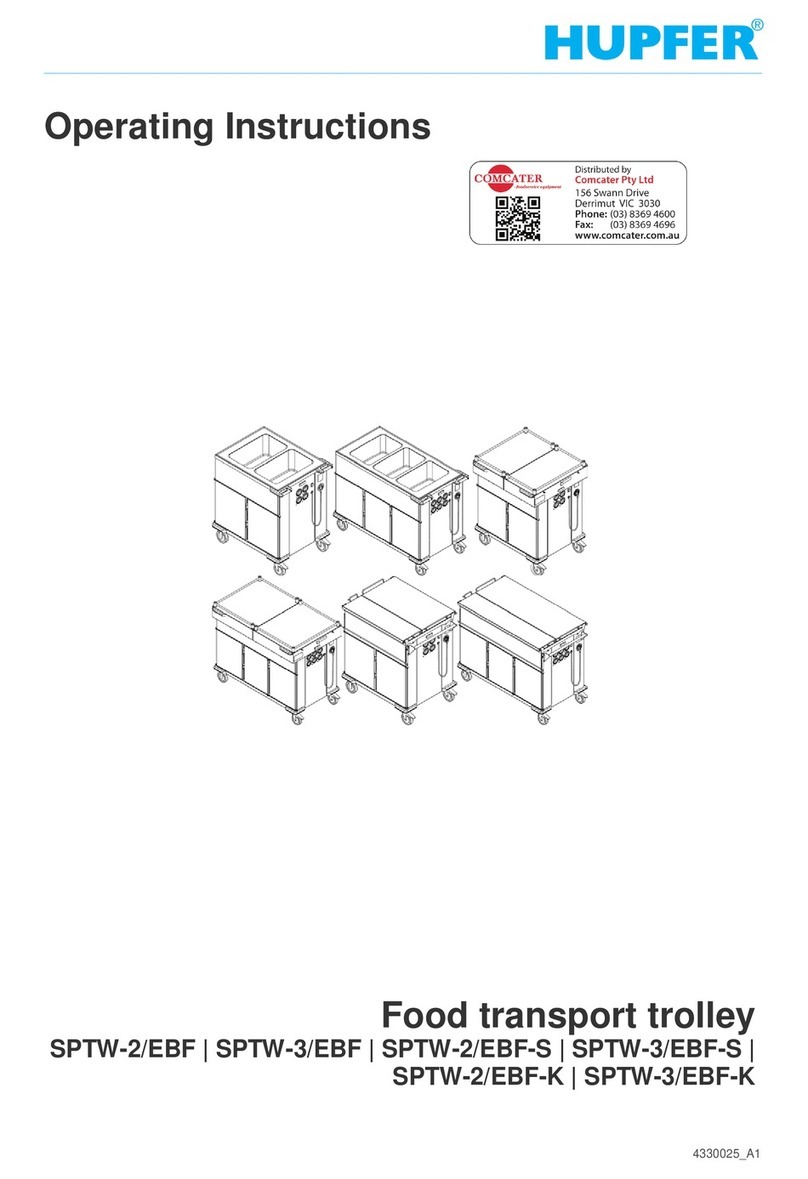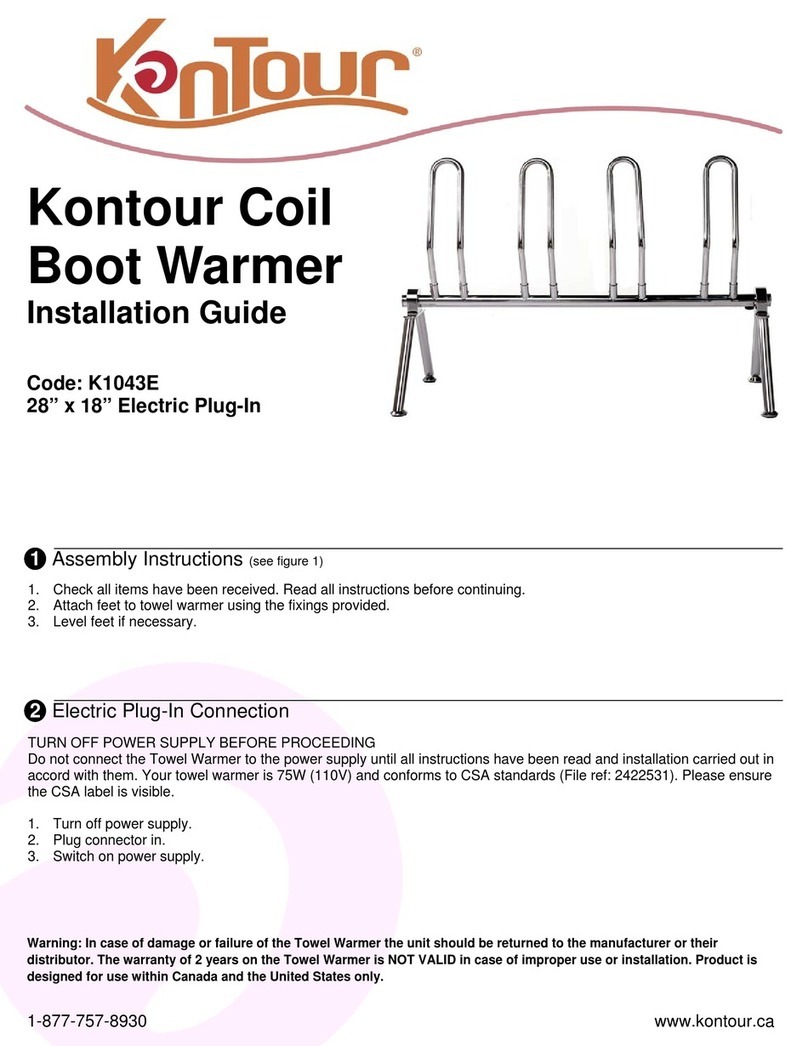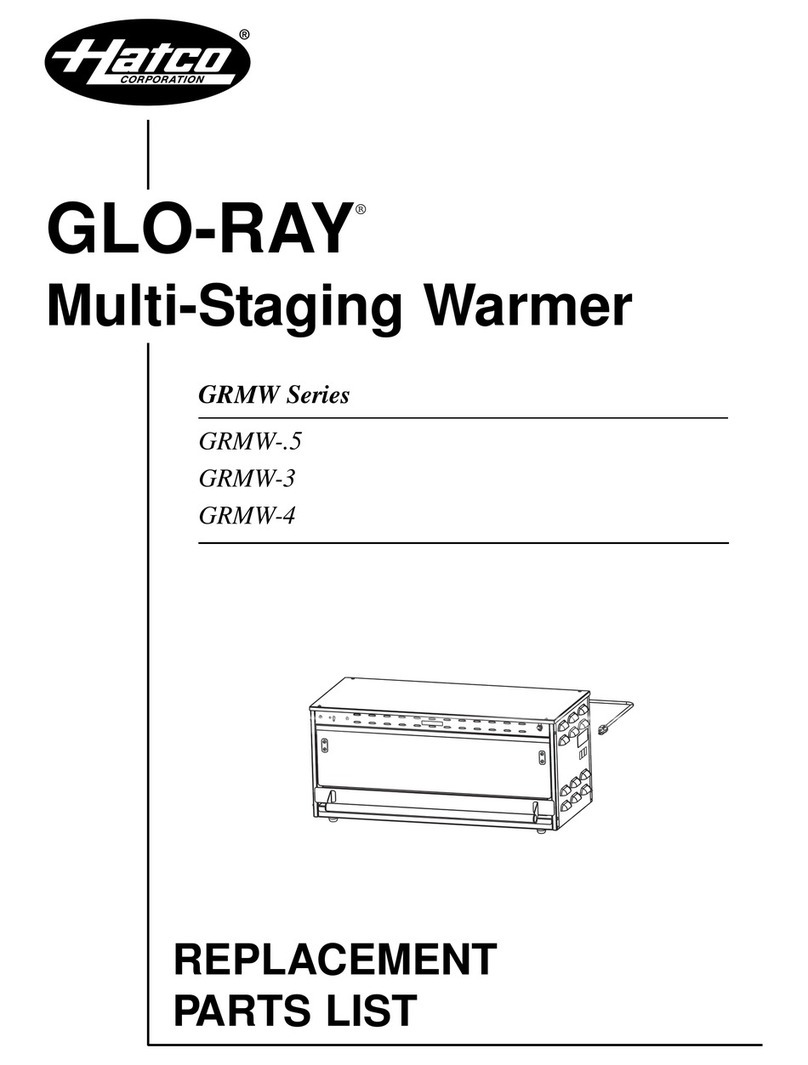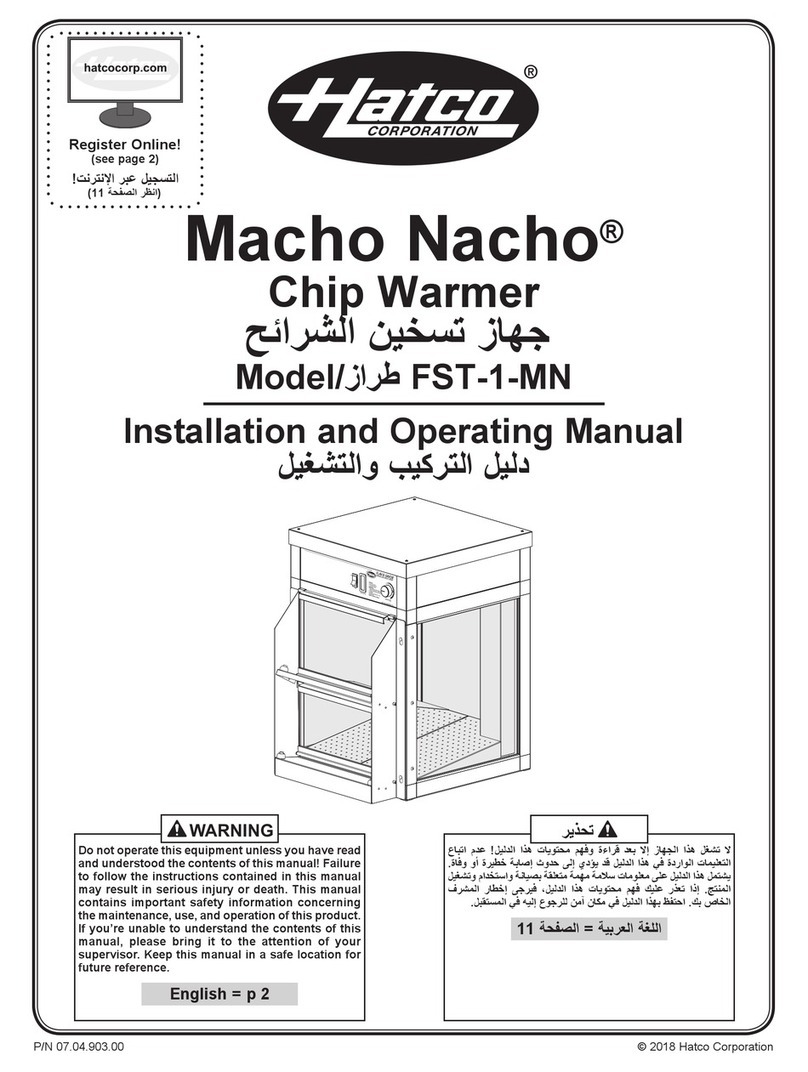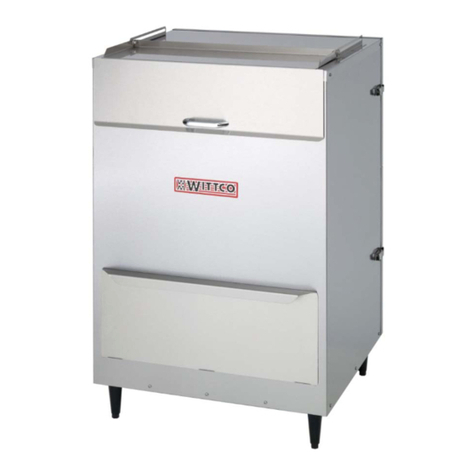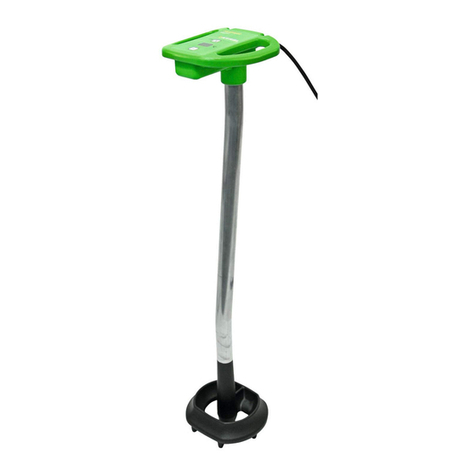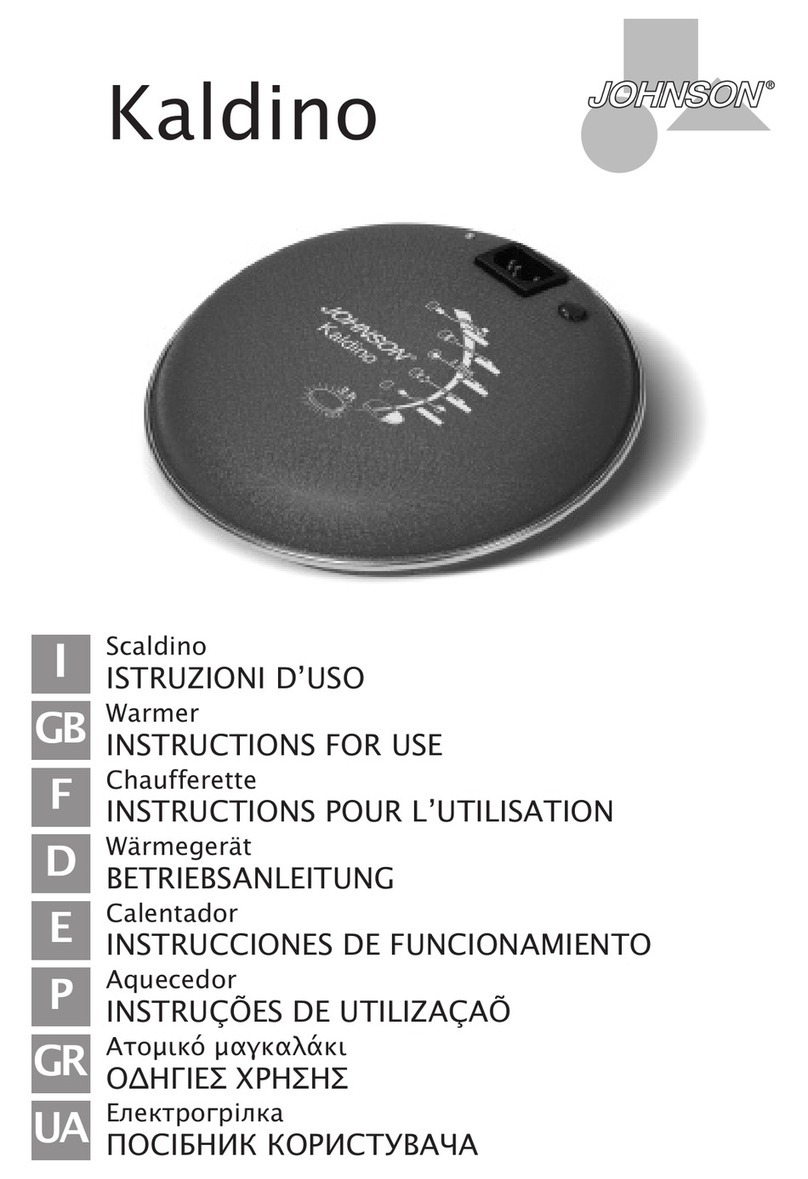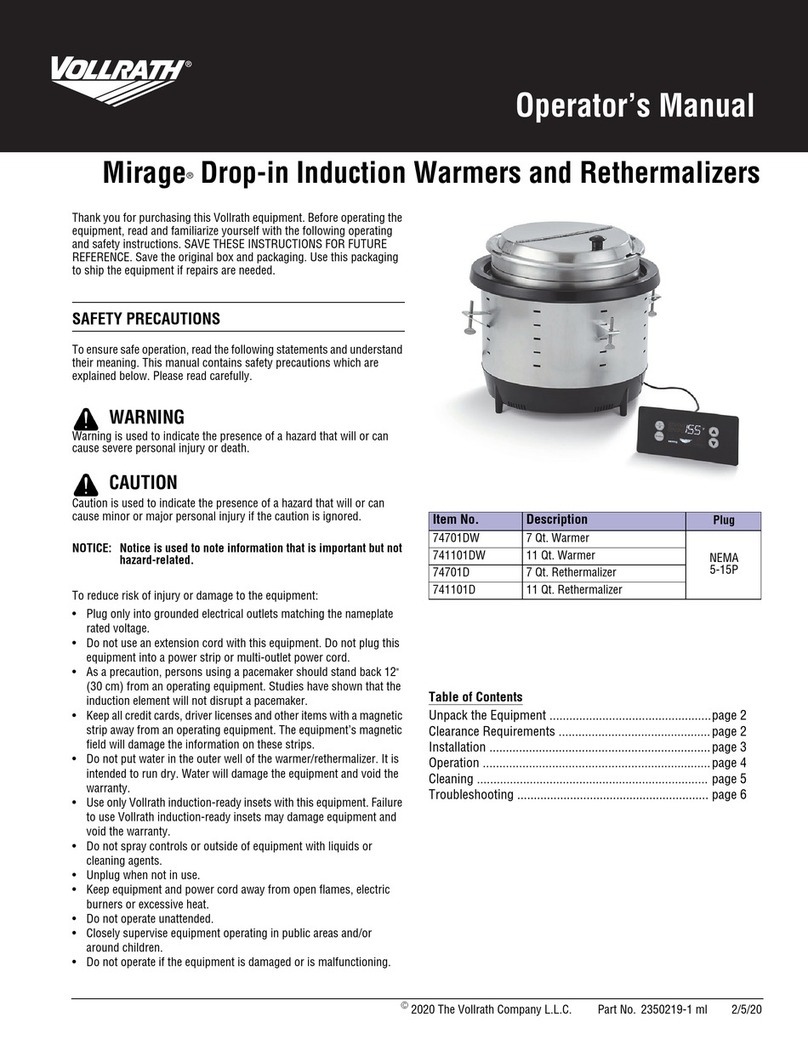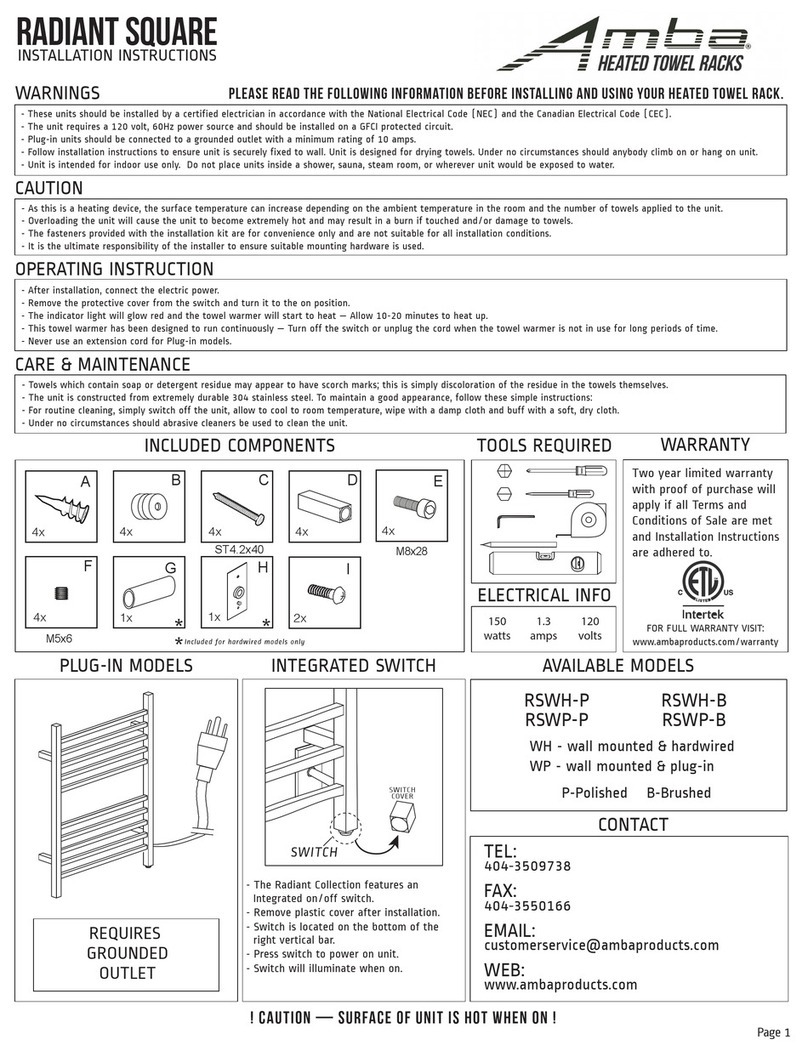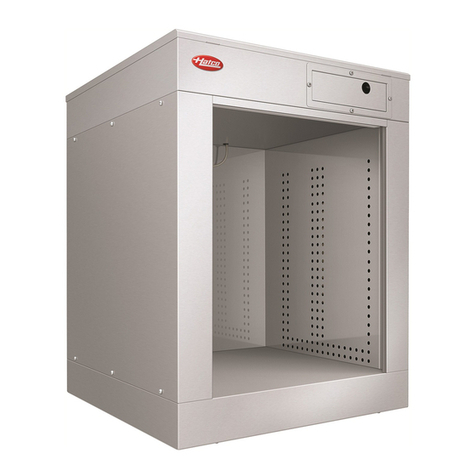
-8-
3) If the switch is not pressed and such a
condition is kept unchanged for 5 seconds, the
mode is automatically switched over to the
“temperature display mode” and the
temperature in the tank is then displayed. (Fig.
9)
4) Until the preset temperature is attained, the
lamp flashes to indicate the present
temperature.
5) When the preset temperature is attained, all
the lamp up to the preset temperature are lit.
(As a guideline, when the HOT temperature is
preset, this temperature is attained in about 20
minutes for the TSK-110A, TSK-130A, and
TSK-210A, and in about 35 minutes for the
TSK-220A, TSK-230A, and TSK-420A.)
If you have a model TSK-110A, 210A, 220A or 420A, go
to steps 5 to 8.
If you have a model TSK-130A, 230A, go to steps 9 to 12.
5.Attach the accessory cap to an uncapped 1.8-liter
sake bottle. (Fig. 10)
Uncap a 1.8-liter sake bottle, and attach an
accessory cap to the bottle in its place.
6.Confirm that the nozzle has been pulled toward
you, and insert a 1.8-liter sake bottle in the bottle
holder funnel.
7.Dispense the warmed sake.
1) Fit the nozzle (sake outlet) into the mouth of
your sake server bottle, lightly push the bottle
until the nozzle is straight down, and place the
server bottle on the server bottle holder. (Fig.
11)
The dispensing lamp flashes and the warmed
sake begins to come out.
• Sake dispensing time is approximately 16
seconds for 180Pof hot sake.
• When the server bottle is filled with the
required volume of sake, the dispensing
operation stops automatically and the
dispensing lamp goes out.
2) You can pick up the server bottle in the
reverse procedure. Take out the bottle while
making its posture slantwise.
3) If you want to dispense the warmed sake
manually, press the “manual switch.” (Fig. 12)
While the switch is kept pressed, the sake
comes out.
• The warmed sake is dispensed even when the
nozzle is positioned slantwise.
Caution
• Sake from the nozzle is hot. Be careful for
handling.
<Fig. 9>
<Fig. 10>
<Fig. 11>
<Fig. 12>
<Dispensing>
<Manual>
<Sake drain>
(Hot)
(Lukewarm)
(OFF)
(Temperature
setting)

